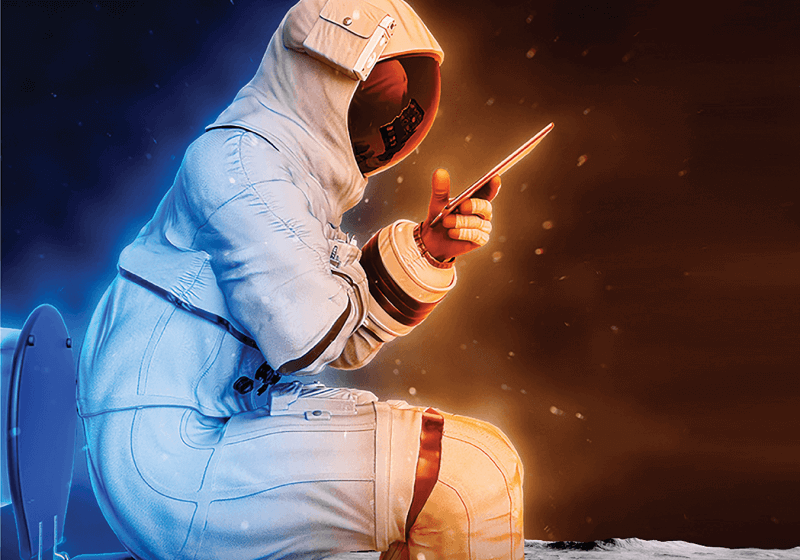NASA to study secrets of universe with smaller missions
- This author does not have any more posts.

NASA has selected the deployment of four astrophysics for the development of cognitive development in a new system called Pioneers.
“The chief investigators of these theoretical studies brought new ideas, out of the box thinking about the problem of how large astrophysics experiments could be done on a small budget,” said Thomas H. Zurbuchen, co-ordinator of NASA’s Science Mission Directorate. “
Here are four concepts were chosen for further study:
Aspera is a SmallSat that will study the evolution of galaxies. The intergalactic medium is a major component of the universe but is measured. Aspera will close this gap, Principal Investigator Carlos Vargas at the University of Arizona.
Pandora is a SmallSat that will study 20 stars and their 39 exoplanets in visible and infrared light. The purpose is to unravel signals from the star and planetary atmospheres. Understanding how changes in starlight affect the measurement of extrasolar planets is an open question in finding habitable planets across the solar system. The main researcher is Elisa Quintana of the NASA Goddard Space Flight Center.
StarBurst is a SmallSat that detects high-energy gamma rays from events such as the coalescence of dense stellar debris called neutron stars. This provides valuable insights into such events, which are also detected by gravitational waves from observatories on Earth.
PUEO is a balloon mission designed to launch from Antarctica, which detects signals from ultra-high energy neutrinos. Highest energy astrophysical processes such as black hole creation and neutron star merger. PUEO will be the most sensitive investigation of the cosmic ultrahigh-energy neutrinos ever conducted. The Pioneer Program offers innovative experimentation to early and mid-career researchers, and for the first time in space, Or allow you to lead suborbital scientific research.
“Designed to attract young professionals, this program has received 24 great ideas from a diverse cohort. Director of NASA’s Astrophysics Department at NASA headquarters in Washington. The program itself is an experiment for NASA, and this institution has never requested a proposal for this kind of astrophysics experiment at low-cost limits with these strict constraints. Some concepts, with further research, may require a larger budget. In other words, flights under the Pioneer Program will not be finally approved.